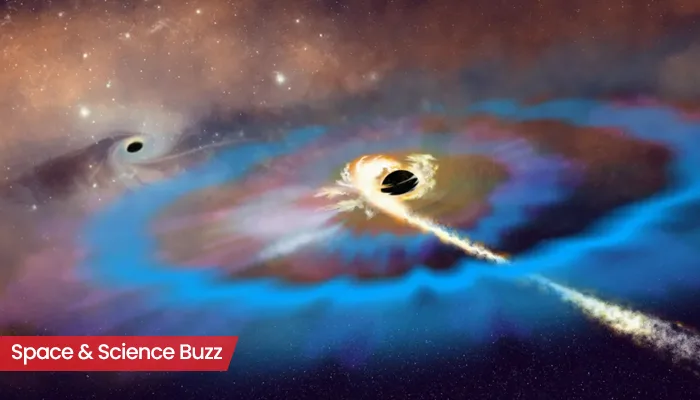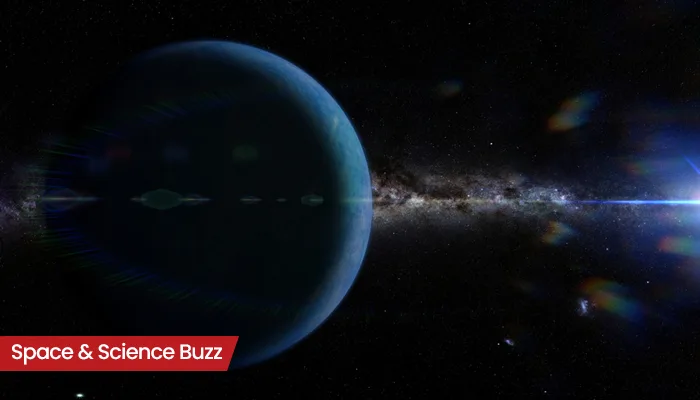
Here are today’s most important updates from the realm of Science and Space.
Move Over, Planet Nine: A Secret ‘Planet Y’ May Be Closer Than We Think
It is a question that feels like it should have a straightforward answer: how many planets are there in our solar system? Since Pluto was relegated back down to dwarf planet status, almost everyone has agreed that the answer is eight. A new study has proposed that there could be a secret world lurking on the edge of our solar system. Dubbed 'Planet Y' by reseachers from Princeton University, this planet is said to be Earth–sized and rocky. The researchers were alerted to the possible planet after noticing that 50 objects in the Kuiper Belt – a region of icy objects beyond Neptune – were tilted on an unusual angle.
Cool Power! New Hydrogen Battery Could Supercharge the Future of EVs
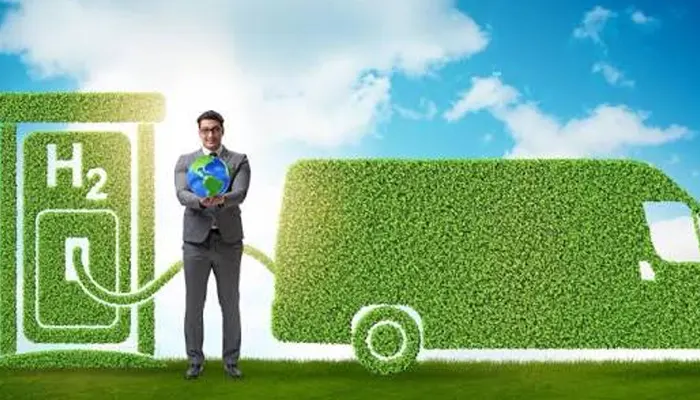
Future electric cars could ditch lithium-ion batteries, thanks to a new breakthrough in hydrogen energy storage at much lower temperatures than was previously possible. Researchers created a hydrogen battery that uses magnesium hydride as the anode and hydrogen gas as the cathode, and a solid-state electrolyte with a crystal structure. The scientists noted that this battery can operate at 194 degrees F (90 degrees C), rather than the 572-752 F (300-400 degrees C) operating temperatures needed for current solid-state hydrogen storage methods. The core of this hydrogen battery lies in its solid electrolyte. Formed of barium, calcium and sodium hydride, the electrolyte has a crystal-like structure that offers both high electrochemical stability and high ionic conductivity, specifically when it comes to hydrogen ions, at relatively low temperatures.
Frozen No More: Ancient Microbes Awaken From Permafrost and Start Breathing CO2
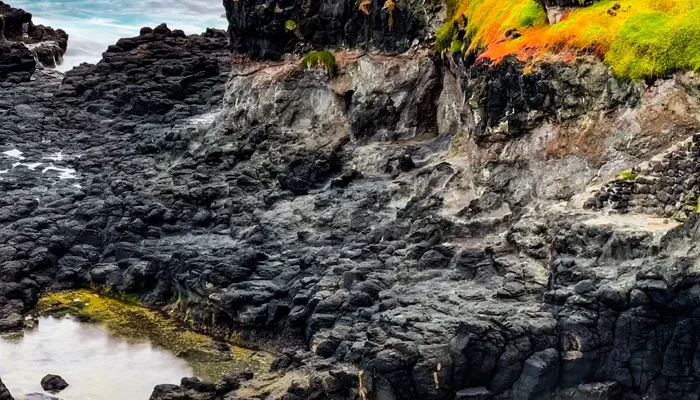
Ancient life has been resurrected from the bowels of a military tunnel that penetrates the Alaskan permafrost. "These are not dead samples by any means," says microbiologist and geochemist Tristan Caro, a PhD student at the University of Colorado Boulder (CU Boulder) during the study. "They're still very much capable of hosting robust life that can break down organic matter and release it as carbon dioxide.” As these layers thaw, many microscopic creatures – like the ones in the team's samples – will come to life, and, with newfound appetites, consume whatever decaying matter surrounds them. This will release more methane and carbon dioxide into the atmosphere, further contributing to climate change.
The Ground Is Booming: Strange ‘Sonic Quakes’ Baffle Researchers
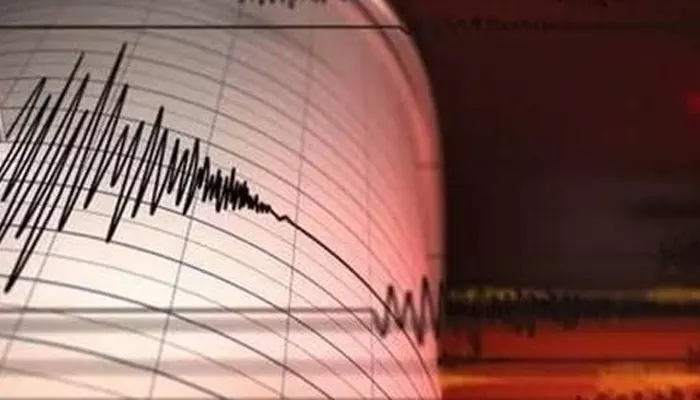
Scientists are warning that "supershear" earthquakes - rare quakes that move faster than seismic waves - could cause more widespread destruction than previously thought. The warning follows the powerful 7.7 magnitude earthquake that struck Myanmar in March 2025, which scientists now believe was one such event. In a recent paper, researchers said supershear earthquakes move so rapidly that they outrun their own seismic shear waves, creating intense ground motion similar to a sonic boom. This unusual speed reported during Myanmer earthquake, is believed to have amplified the shaking, causing damage across vast distances, including structural failures reported as far away as Bangkok, Thailand.


.webp)
.WEBP)
.WEBP)
.webp)
.webp)
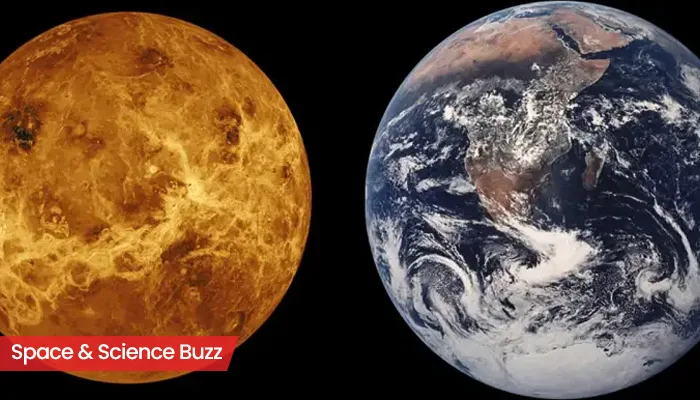
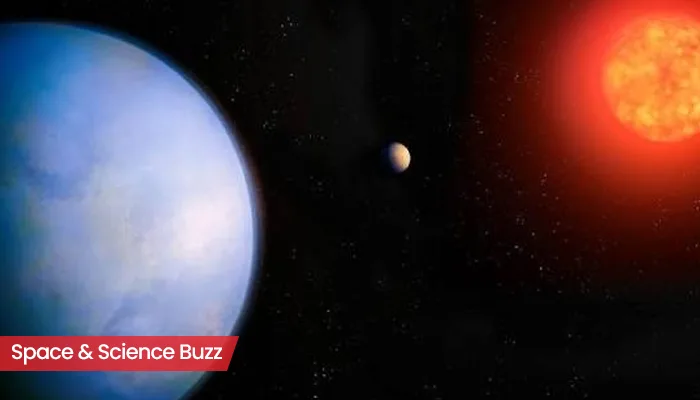
.webp)
.webp)
.webp)
